Religion
10 Differences and Similarities Between SHIA and SUNNI Muslims

Sunni and Shia are two different denominations of Islam. After the prophet Muhammad’s death in 632 AD, the Sunni and Shiite split occurred. The Sunnis became more of a secular and conservative group, whereas the Shiites remained more traditional and orthodox. While they have the same fundamental views on Islam, there are many differences between Sunnis and Shiites. Yet, there are many similarities too.
So here are 10 Differences and Similarities Between SHIA and SUNNI Muslims!
Shiites Outnumber Sunnis in population

Differences and Similarities Between SHIA and SUNNI Muslims-Shiites Outnumber Sunnis in population
Muslims make up over 85% Sunnis, leaving the Shiites to represent roughly 15% of the Muslim community. There are somewhat more than 200 million Shiites and 1.6 billion Sunnis worldwide. Sunnis, on the other hand, are dispersed throughout the Muslim world, from West Africa to Indonesia, but Shiites are geographically more centrally located, with the bulk concentrating around the Middle East.
They disagree on who ought to have won.
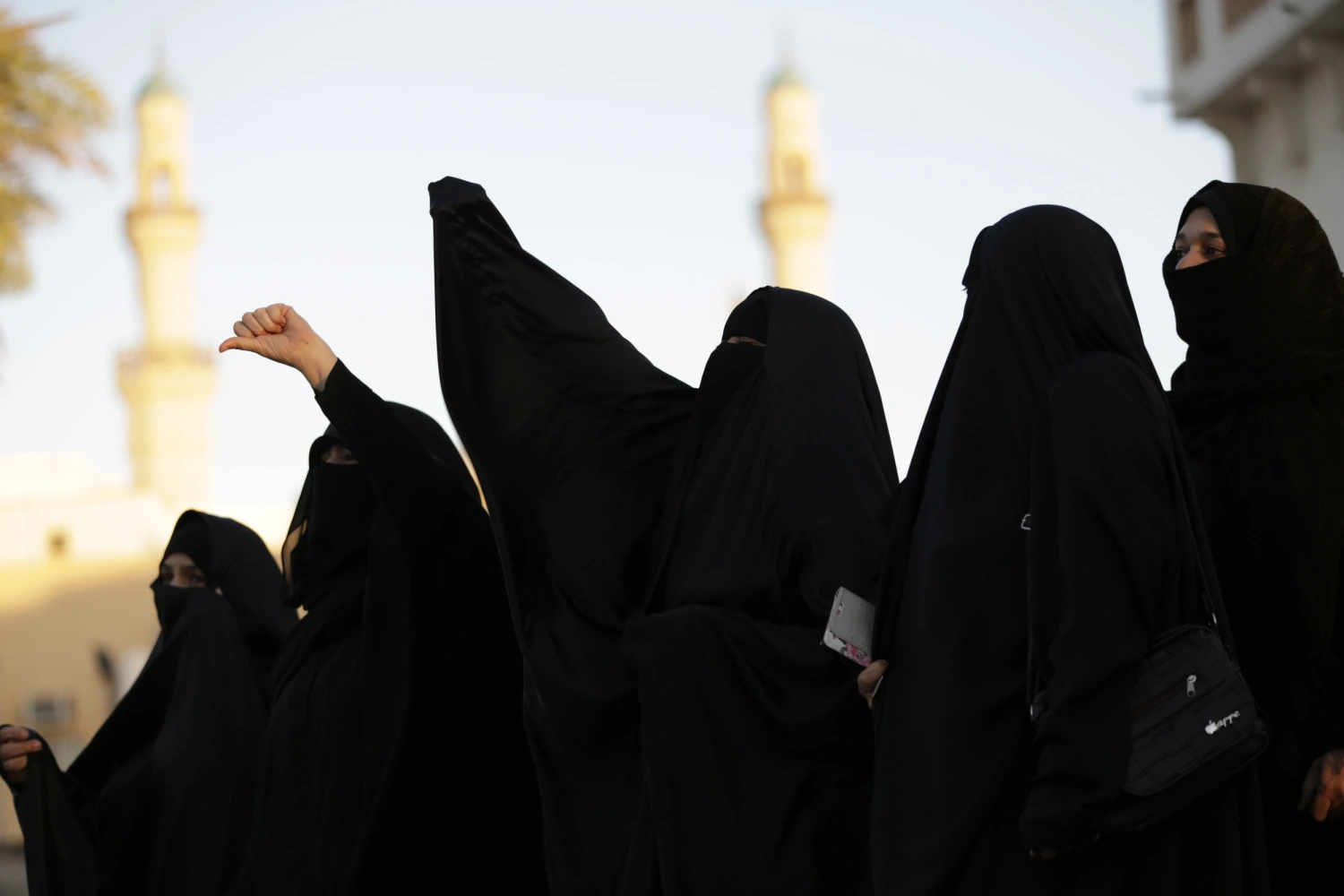
Differences and Similarities Between SHIA and SUNNI Muslims-They disagree on who ought to have won.
The existence of the two sects within the Muslim community is mostly due to this. The Shiites believe the Prophet’s successor should have a direct bloodline to Muhammad, in contrast to the Sunnis who think a qualified and pious person should take the Prophet’s place. Although the Shiites disapproved of this choice, Abu Bakr was chosen as Muhammad’s first successor. They thought Muhammad’s cousin and son-in-law Ali ibn Abi Talib ought to have assumed charge.
Shiites and Sunnis Follow Different Religious Hierarchies.
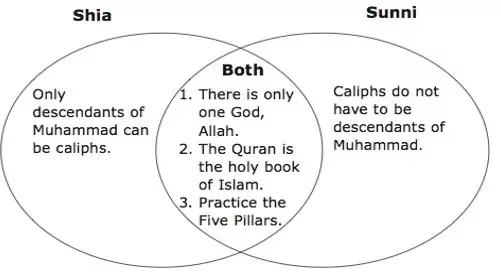
Differences and Similarities Between SHIA and SUNNI Muslims-Shiites and Sunnis Follow Different Religious Hierarchies.
Shiites have exclusive authority over their clergy, who are always descended directly from Ali. Government participation is unnecessary because this cult also depends on religious donations. The Sunnis, on the other hand, permit government involvement, and selecting leaders is a significant community endeavour. Actually, there is no hierarchy among the Sunni clergy.
Their Views on the Afterlife Differ

Differences and Similarities Between SHIA and SUNNI Muslims-Their Views on the Afterlife Differ
Both Sunnis and Shiites think that there is either Paradise or Hell in the hereafter. The disagreement arises when choosing a route to go. For Shiites, achieving Paradise is assured if one adheres to Muhammad and the Twelve Imams. For a chance at Paradise, according to Sunnis, one must have faith in Allah, His prophets, believe in the righteous deeds described in the Quran, and accept Muhammad as the last prophet. But even if they follow all of the aforementioned advice, Allah still has the last say.
Sunnis and Shiites Pray Differently

Differences and Similarities Between SHIA and SUNNI Muslims-Sunnis and Shiites Pray Differently
When it comes to their bodily movements and frequency of prayer, Sunnis and Shiites differ from one other. Both adhere to the five daily prayers; however, the Shiites divide the five prayers into three sessions. The Sunnis offer five distinct prayers each day, five times total. Sunnis cross their arms over their chest while praying, whereas Shiites also do this.
Similarities :
Similarity with Muhammad

Differences and Similarities Between SHIA and SUNNI Muslims-Similarity with Muhammad
Also Muslims consider Muhammad to be the prophet of Islam, and they all agree that with Allah’s help and ongoing revelations during his life, Muhammad led the muslims in living a life in accordance with the Quran.
Similarities with the Quran
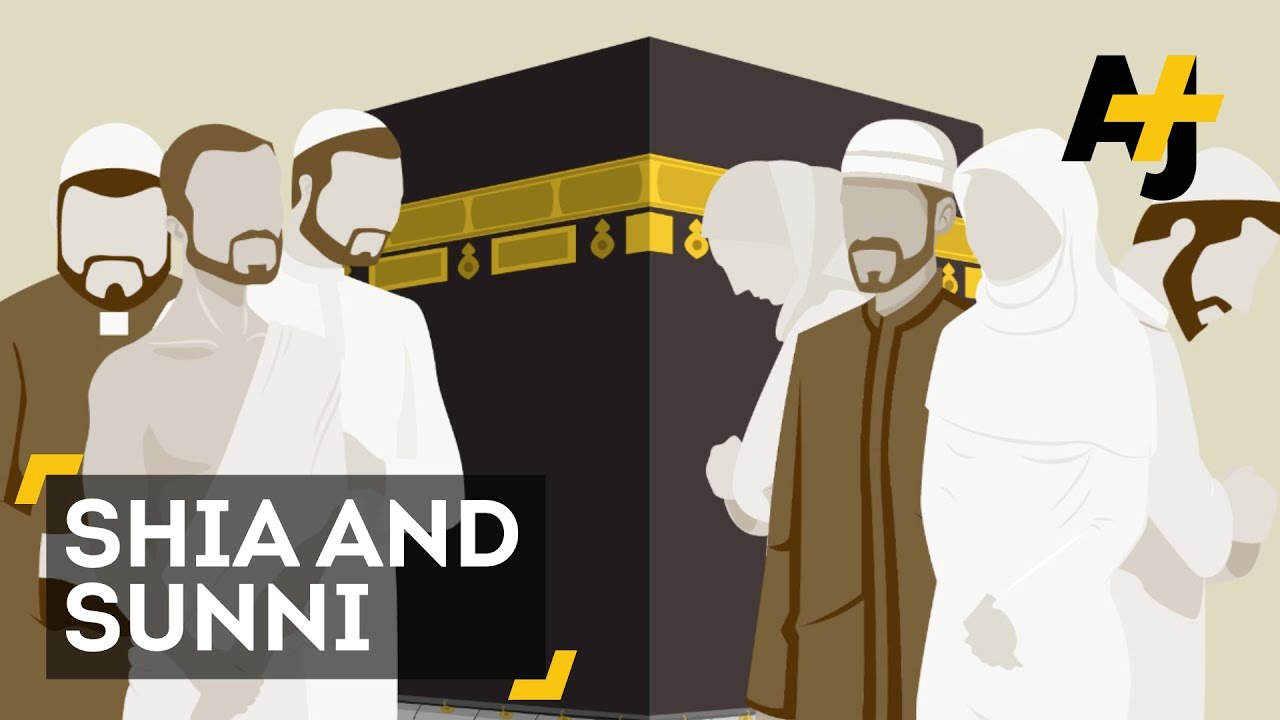
Differences and Similarities Between SHIA and SUNNI Muslims-Similarities with the Quran
The hadith the Quran is held by Sunnis and Shias as a collection of divine revelations and also the hadith is viewed as the sayings teachings and the practices of the Prophet Muhammad which serve as a supplement to the Quran in a short period of about 22 years from 610 to 632 ad the Prophet Muhammad succeeded in leaving a great political as well as spiritual legacy that ultimately led to the establishment of Islamic civilization Sunnis and Shias hundred percent both agree on this
The greatest virtues
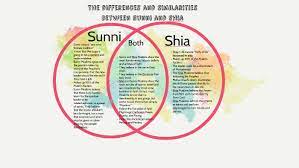
Differences and Similarities Between SHIA and SUNNI Muslims-The greatest virtues
both Sunnis and Shias believe that piety which is another way to say religiousness the righteous observance of the principles of the Quran as well as driving for goodness in daily life are the greatest virtues of human beings just got to be a good person you know
only were that simple be a good person.
Law and human rights
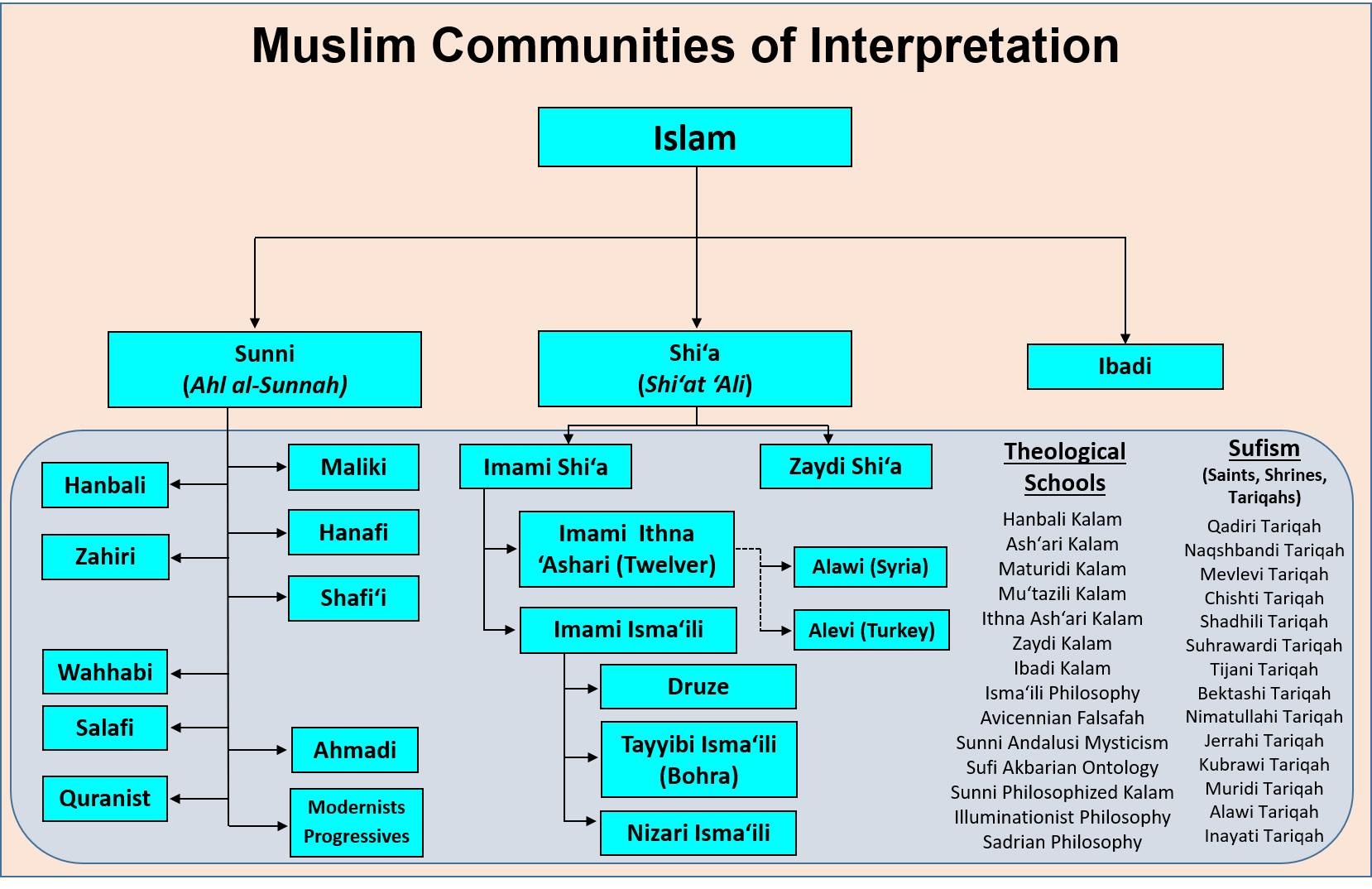
Differences and Similarities Between SHIA and SUNNI Muslims-Law and human rights
both Sunni and Shia Muslims they agree on the need for a strong ethical as well as a moral code to regulate human behavior in all the different aspects of life social justice is also believed to be a fundamental right so regardless of who you are you got rights and we need to have moral codes and ethics everywhere because you know we’re all human beings we share this planet we all should be given a chance you know a fair chance of life and be treated with respect and love and appreciation.
The pillars of Islam

Differences and Similarities Between SHIA and SUNNI Muslims-The pillars of Islam
Sunnis and Shias they share the belief that there are five pillars of Islam specifically like these five practices the five pillars generally associated with Sunni Muslims are the oneness of Allah and the prophethood of Muhammad then there is the five obligatory prayers there’s also the fasting and charity and the pilgrimage to Mecca at least once in your lifetime now the thing is that she has also recognized the importance of these acts and they also have fundamental beliefs that are often seen as a five pillars of Shi Islam and those are tallied which is monotheism which is a belief in the oneness of God then there is Idol which is a bleep in God’s justice then nabuwa which is the prophethood the imama which is the succession to the Prophet Muhammad where we get the word Imam and then there’s me odd which refers to the day of judgment and the resurrection.
Must Read :10 Best Health Practices of Prophet Muhammad


